A new type of solar technology has set a world record for more efficient energy generation using a solar cell. By stacking six different photoactive layers, the unprecedented multi-junction cell has achieved an efficiency of almost 50 percent in the laboratory and almost 40 percent in real “single sun” conditions. Researchers are working to improve the efficiency of multilayer solar cells. Richard Stevenson explores whether its practical benefits are more likely to be realized in space than on Earth.
Efficiency is just one of the characteristics. Perovskite cells can be easily manufactured in a variety of electrically generating materials and at much lower temperatures and therefore potentially lower costs than silicon cells. But the stability and durability of perovskite cells will have to be addressed before they can completely replace silicon. The number of solar panels needed to power a home varies depending on how much energy you use, the size of your home, and the solar panels you have.
Monocrystalline solar panels are known to offer the highest efficiency under standard test conditions compared to the other 2 types of solar cells. While some panels will have higher efficiency rates than others, investing in top-of-the-line solar equipment does not always generate greater savings. The efficiency of solar panels is determined by the production of electricity by solar cells, which in turn is influenced by the composition of the cells, electrical configuration, surrounding components and more. By combining six collectors, or photoactive layers, into a single panel, scientists at the National Renewable Energy Laboratory (NREL) were able to convert 40 percent of the sun's energy into electricity in “single-sun conditions”, or conditions created to mimic the irradiation of a sun.
Due to the many advances in photovoltaic technology in recent years, the average conversion efficiency of panels has increased from 15% to well over 20%. The most common residential panels still use the standard 6-cell (156 mm) 60-cell square panels, while commercial systems use the larger format 72-cell panels. For a solar cell in space, the crucial metric is the end-of-life value, after the device has been bombarded by radiation. The efficiency of a solar panel is a measure of the ability of a solar panel to convert sunlight into usable electricity.
Q Cells, based in South Korea, is one of the top six multinational manufacturers of solar panels and one of the industry leaders in innovation and solar technology. LONGi Solar has grown rapidly over the past 5 years to become the world's largest solar company and manufactures a range of solar panels for residential and commercial applications including some of the latest photovoltaic solar cell innovations and new technologies. The larger cells combined with the new, larger panel formats have allowed manufacturers to develop extremely powerful solar panels with ratings up to 700 W. Everything we've talked about so far relates specifically to the efficiency rating of a solar panel.
Solar panels do not convert light energy into electricity with 100% efficiency because they cannot absorb energy from the entire solar spectrum; there are certain wavelengths of light that solar panels cannot process, so they are reflected off solar panels or lost altogether. In essence, the efficiency of a solar panel cell is determined by the amount of incoming sunlight that the cell can convert into usable electricity. However, this competition is expected to lead to lower prices for solar panels, as well as more efficient storage solutions. .
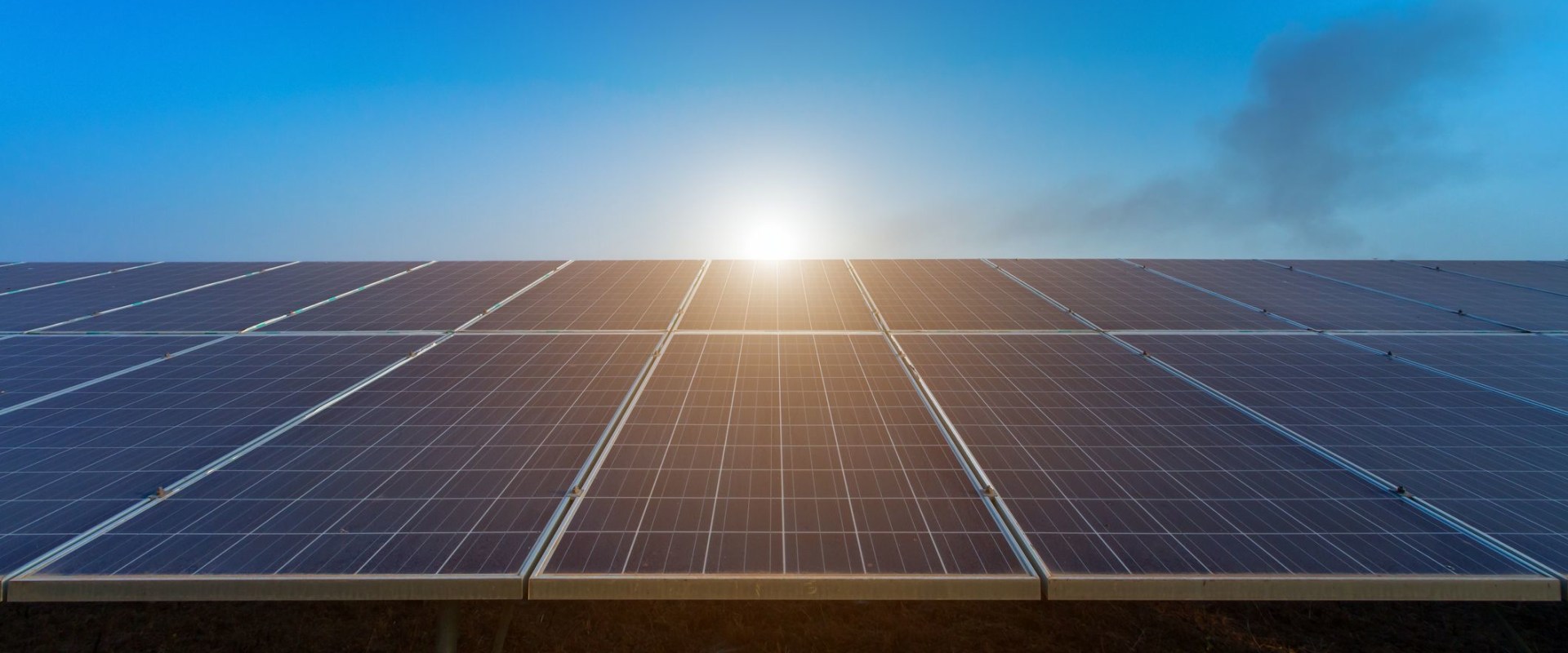
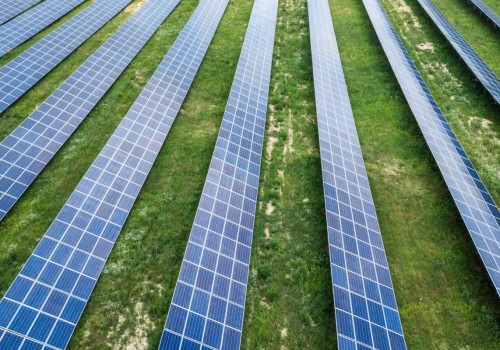
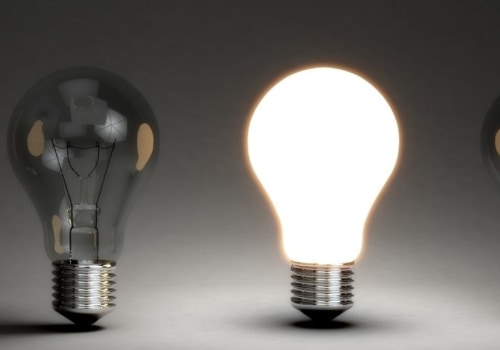
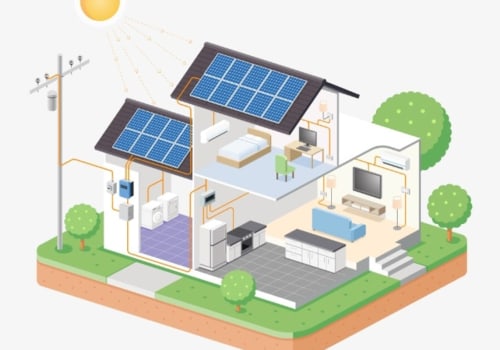

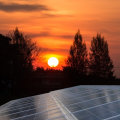
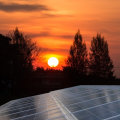
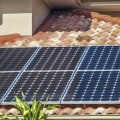
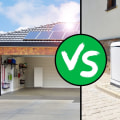
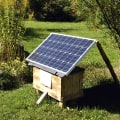
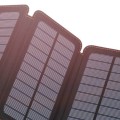
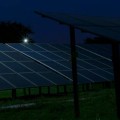
Leave a Comment